Biostimulant Recipe Collection

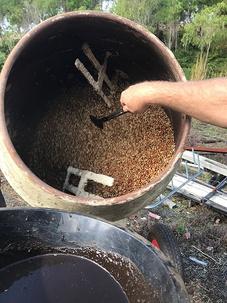
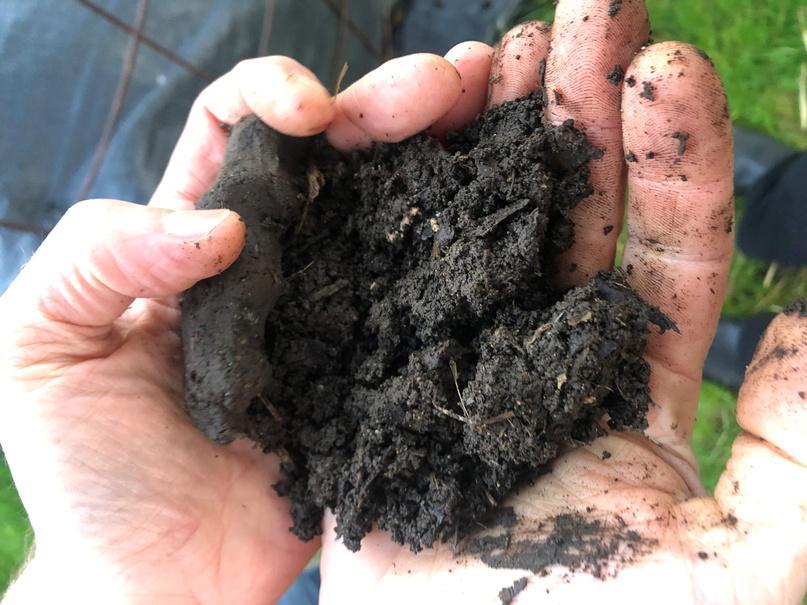
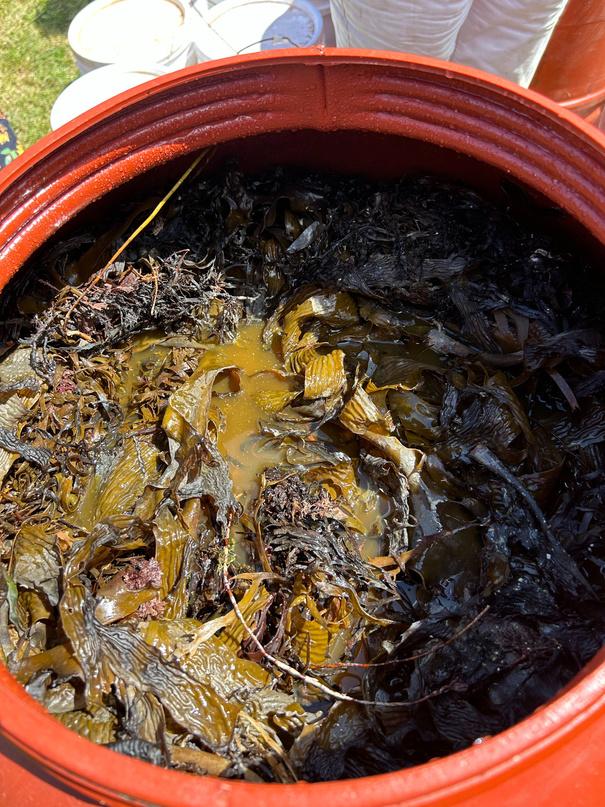
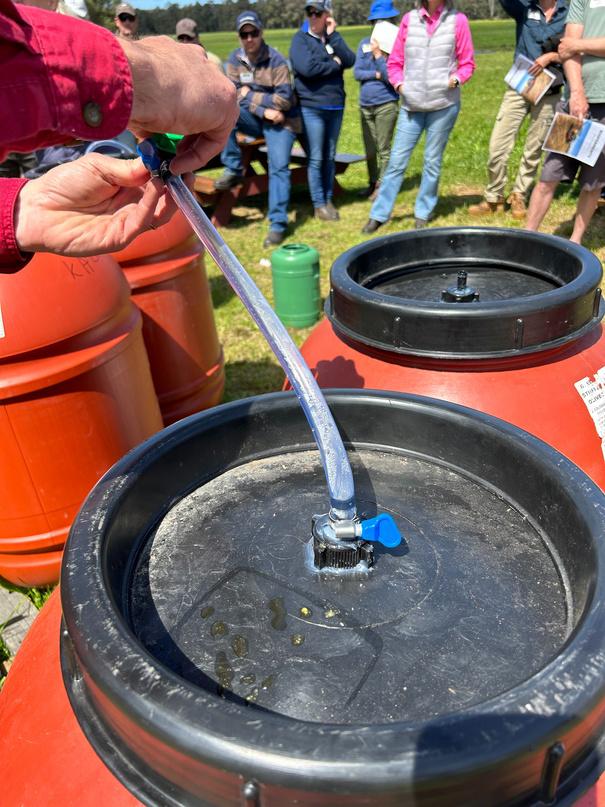
Page 1: Acidic Organic Liquid Biostimulant Mix – 1000L
Page 2: Alkaline Organic Liquid Biostimulant Mix – 1000L
Page 3: Potassium Silicate Protective Spray
Page 5: Making and Using Bio-Ferments - Facultative Anearobes
Page 6: Making and Using Bio-Ferments - Basic Culture / Native Microbe Seeds
Page 7: Making and Using Bio-Ferments - Lab (Lactobacillus) Serum
Page 8: Making and Using Bio-Ferments - Starter Culture
Page 9: Making and Using Bio-Ferments - Applying Bioferments
Page 10: Compost Slurry for Seed Coating
Page 11: Compost Extract
Page 12: Culturing Beneficial Plant Endophytes
Contents
Acidic Organic Liquid Biostimulant Mix – 1000L
This following mix is a general purpose biostimulant. It can also be used as a chelating/complexing agent for sulphate and salt nutrients. It contains humic substances, seaweed, organic acids, proteins, carbohydrates, minerals and, with the compost extract, beneficial microbiology.
The biological compounds in this mix are somewhat similar to, and designed to emulate, those that are naturally produced through the activities of plants and microbes in a fertile environment. It can be used to:
stimulate plant and microbial activity
improve retention and uptake of nutrients
introduce beneficial microbiology improve soil characteristics
Recipe
Add the following ingredients to 800L water in a 1000L shuttle and mix well:
100L/Ha fish hydrolysate
80L/Ha fermented (acidic) seaweed liquid
8kg fulvic acid powder
5kg sea minerals (optional)
Top up with water, close and store in a cool, shaded environment. Ingredients may settle over time so give the barrel a good stir before use.
To introduce a biological component, add the following, along with the above mix to the tank before application:
4L/Ha molasses
Liquid extract of 2kg/Ha compost/vermicasts
Once the compost/vermicast extract has been added it must be put out with a couple of hours.
Application
This Acidic Organic Liquid Biostimulant Mix can be applied to the foliage of plants and the soil to support the establishment of healthy plant/soil biological systems.
Foliar application - 20L/Ha
Soil application - 50L/Ha
`- 1 -
Alkaline Organic Liquid Biostimulant Mix – 1000L
This mix can be applied to the soil as general purpose biostimulant. It can also be used to stabilise and buffer urea. It contains humic substances, seaweed, minerals and, with the compost extract, beneficial microbiology. It can be used to:
stimulate microbial activity improve retention and uptake of nutrients introduce beneficial microbiology improve soil characteristics
Recipe
To produce a humic base liquid:
1. Let it sit for a day.
Thoroughly mix 50kg of Potassium Humate with water in a 1000L tank.
3.
2. Stir the mix, let it sit for another couple of hours, then decant the solution into another 1000L tank, leaving behind any solids that remain at the bottom of the barrel.
Add the following to the humic base liquid and stir/agitate until dissolved in solution:
Soluble Seaweed Powder – 50kg
Concentrated Sea Minerals -2.5kg
These nutrient products are compatible with, and can be combined with this liquid mix at the following rates:
Urea - 200kg
Potassium Silicate - 40L
Solubor – 10kg
Sodium Molybdate – 1kg
Add, one at a time, and stir/agitate until dissolved in solution. Close and store in a cool, shaded environment. Ingredients may settle over time so give the barrel a good stir before use.
Micronised Lime, Dolomite, Gypsum, Silica, and Rock Phosphate/Guano products can be put out with this mix at recommended rates but they don’t remain in suspension, so require tank agitation during application, and must be fine enough to avoid blocking nozzles/drippers.
`- 2 -
Potassium Silicate Protective Spray
While silica is not classified as a plant essential element, it is none the less a very beneficial element for healthy plant growth. It has been shown to increase plant cell wall strength and structural integrity as well as boost plant natural defence systems. Potassium silicate is a liquid form of silica.
Recipe
Mix 2L/Ha Potassium Silicate in a suitably sized container with water.
The following ingredients are all compatible with and can be combined with potassium silicate in the mix if desired:
Alkaline seaweed liquid or soluble powder @ recommended rates
Soluble potassium humate powder @ recommended rates
Concentrated Sea Minerals – 100g/Ha
Molasses – 4L/Ha
Mix well until all ingredients are dissolved and in solution, adding more water if necessary. Some of the ingredients may settle over time so agitate the mix before application, wait a few minutes then decant through a filter to avoid any insoluble fractions.
Super fine clay/micronized rock minerals and the trace elements - boron, as Solubor, and molybdenum as sodium molybdate, are compatible with, and may be applied with this mix.
You can also add the extract of 2kg/Ha compost/vermicastings to the tank mix, but once this biological component is introduced, it must be put out within a couple of hours to avoid microbial suffocation and die off.
Application
Potassium silicate is strongly alkaline so it’s best applied at the recommended rate with no less than 750L/Ha water to avoid leaf burn. It is also incompatible with many agricultural inputs so be sure to check before combining with any inputs not listed here.
Preferably apply in mild conditions during the early part of the day before it warms up, or towards dusk when it starts to cool down.
`- 3 -
Potassium Silicate Protective Spray (cont.)
Note: there is some variability between products on the market so it’s always best to read the label and follow the instructions of the products you’re using. If unsure, conduct a jar test to check the compatibility of different components.
Use
This mix can be applied to the foliage of plants and the soil.
Foliar applications, every few weeks, provide physical and chemical protection against a wide range of pests and diseases. When applied to the foliage of plants, it coats the leaves with a silica layer that provides protection against pathogen attack.
Some of the ingredients in this mix will temporarily stain foliage and fruit so avoid adding these ingredients if that is an issue. It is best to use on the foliage earlier in the season and cease applications at fruit fill.
It is applied to the soil to increase biological activity, improve soil conditions and root growth and improve nutrient uptake. Silica is an important component of membrane and transport systems that line plant roots and restrict the excess uptake of potentially harmful elements like aluminium, sodium from the soil medium. This mix is best applied to the soil at the beginning of the growing season, before, at and after planting or bud burst.
`- 4-
Making and Using Bio-Ferments
Facultative Anaerobes
There are a large group of bacteria and yeasts, collectively termed facultative anaerobes, that can switch from aerobic respiration to anaerobic respiration or fermentation in order to acquire energy from organic compounds. They are the predominant type of microorganisms found in environments where the oxygen supply is variable and/or restricted, such as the inside of soil aggregates or the stomachs of earthworms and ruminants where they perform many useful functions.
Facultative anaerobe cultures are easy to make and can be used in a number of ways. For example:
to brew liquid fertilisers using animal, fish, plant, seaweed and mineral/salt nutrients to improve the availability of certain soil nutrients for the fermentation of various foods and beverages as a culture for static composting, i.e. SPICE and Bokashi to aid decomposition and humification of organic materials in the soil to break down wastes and toxins for generating fuel by-products from organic matter digestion to make probiotic supplements for livestock
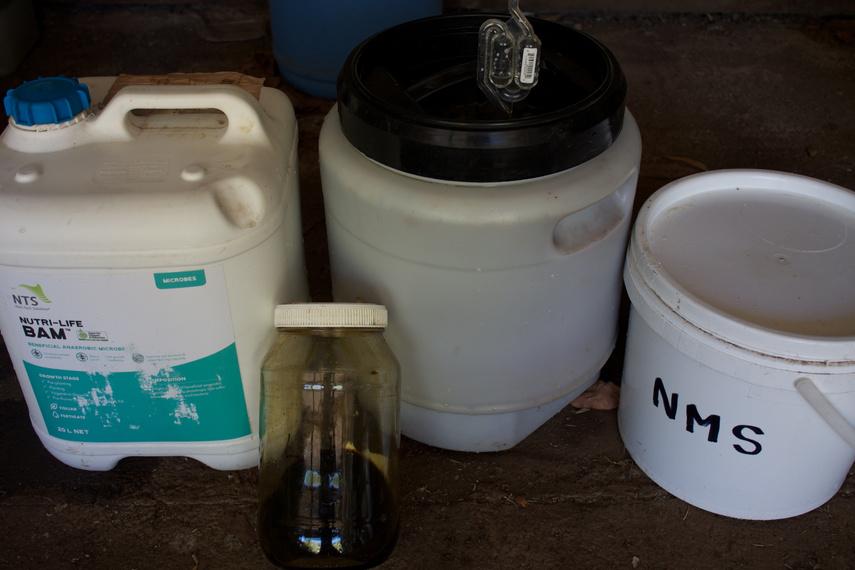
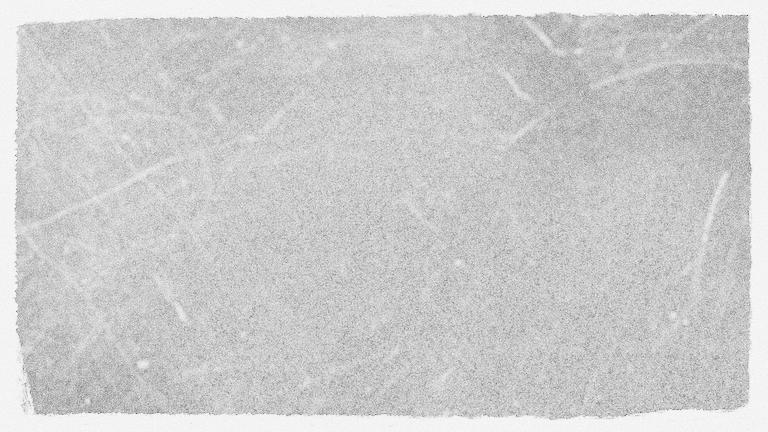
A Suite of Starter Cultures `- 5 -
Making and Using Bio-Ferments (cont.)
Basic Cultures
It is a fairly simple process to breed up a population of facultative anaerobes with readily available and affordable ingredients that can then be applied as is, or used as a starter culture for different types of bio-ferments.
Native Microbe Seed
To make a 200L drum you need approximately:
40kg cereal bran
20kg litter duff that contains visible white fungal growth
20L molasses
Untreated water
Mix the dry ingredients on a concrete floor gradually adding molasses, along with some water to moisten, until you reach a uniform consistency. The end product when squeezed in the hand feels moist but not to the point where water drips out.
Pack all the ingredients into the drum compressing as you go to expel as much oxygen as possible. Leave a 10 cm gap at the top to allow for expansion. Close off ensuring it is airtight and store out of sunlight for at least 30 days before use.


Microbe Seed (NMS)
`- 6 -
Native
Making and Using Bio-Ferments (cont.)
Lab (Lactobacillus) Serum
Recipe:
1) Starch wash
Wash some rice or other starchy cereal with water (can also use water leftover from cooking potatoes) and then drain the water into a container.
2) Collect the Lab culture
Cover the container with a tea towel/muslin/fine netting and leave in the open, preferably outside so lactobacillus bacteria can find their way to the starchy liquid. It should be ready within a couple of days and have a slightly sour aroma. Siphon or syringe liquid from the middle into a container avoiding scum from the bottom and top layers and put in a sealed clean container.
3) Feed the Lab
Combine 1 part Lab liquid with 10 parts milk in a container leaving a small gap at the top. If your container is fully sealed then slightly undo the lid every day to let gas escape and reseal immediately or use a container fitted with an airlock.
In 4-7 days (happens quicker in warmer conditions) the liquid should have separated into two distinct layers consisting of curds and whey. Strain the whey into a sealable container. This is your finished Lab serum.
To store for up to a year, refrigerate or mix with molasses at a rate of 3 to 1. It is best to release gas then reseal a couple of times during the first week of storage or use a container fitted with an airlock.
Other starter cultures
Kefir, Effective microorganisms (EM), Fresh rumen contents/manure…
`- 7 -
Making and Using Bio-Ferments (cont.)
Making and Using Bio-Ferments -
Ingredients for a 200L Barrel (multiply by five for 1000L IBC)
Starter Culture
40L Fresh rumen contents/Manure or 20L of Native Microbe Seed/Lab
Serum/BAM/EM culture or 10L recently made Bio-fertiliser. (you can use any combination of the above, reducing the rates proportionately with number of different starter cultures you use).
4 Litres of molasses
8 Litres of milk/whey
200g of bakers/brewers yeast (optional)
Optional Extras:
Up to 3kg – micronized rock minerals, diatomaceous earth, micronized guano etc…
Up to 2kg - wood/grass/bone ash, soluble seaweed, sea minerals, blood and bone, fishmeal, sea salt, humic substances, ground biochar etc… (Place extras in a fine mesh sack/bag. Remove after a week)
Process:
Put the starter culture in the barrel first.
2.
1. Mix molasses with some warm water, milk and yeast then add to the barrel.
3 Insert the sack/bag of optional extras.
Top the barrel up with water leaving a 20 cm gap. Leave a larger gap if you plan to add subsequent ingredients and foods to the barrel.
4.
5.
Seal the barrel. The lid must be airtight and fitted with an airlock so gas can escape but air cannot get in.
6.
The facultative anaerobes feed on the milk/whey (protein), molasses (energy) and minerals and go through cycles of growth, reproduction and death, forming spores and cysts when the food runs out.
7.
The finished product contains a rich mix of amino acids, chelated/complexed nutrients, phyto-hormones, vitamins, enzymes etc…
`- 8 -
Making and Using Bio-Ferments (cont.)
Applying Bioferments
Bioferments can be applied as a foliar spray, through fertigation or as a soil drench. It can be mixed with water at dilutions anywhere between 1 and 20 and 1 in 50.
The usual foliar application rate is between 20-30L/Ha for horticulture crops and 10-15L/Ha for broadacre crops.
Sulphate/Salt fertilizers can be mixed with bioferments at recommended application rates. The organic acids in bioferments act as reducing and chelating/complexing agents, improving the stability and uptake of inherent nutrients.
These rates can be doubled if used through fertigation or as a soil drench.
To improve uptake the following ingredients can be mixed with fermented bio-fertilisers before application:
Fish Hydrolysate @ 0.2-0.4L/100L, 2-4L/Ha
Fulvic Acid Powder @ 25-50g/100L, 250-500g/Ha
Include a Surfactant/Spreader/Sticker at recommended rates for foliar spray application.
Fermented Bio-fertilisers are acidic so best not mixed with alkaline inputs Otherwise, they can be applied in combination with a wide range of products but if unsure, carry out a jar test to check compatibility.
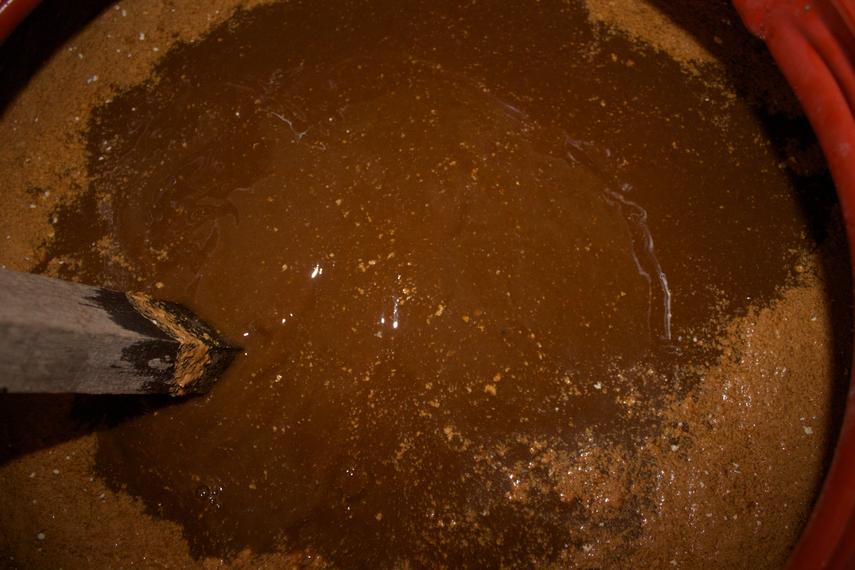
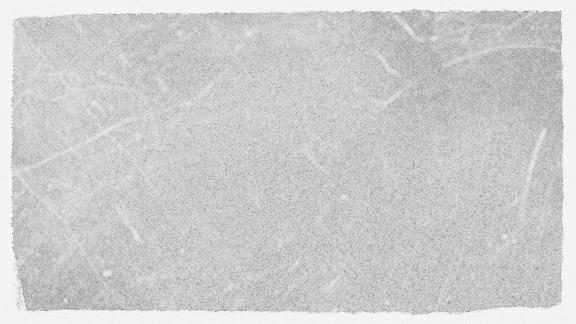
The Finished Product `- 9 -
Compost Extract/Slurry Recipes
Well matured compost and/or vermicast contains a diversity of microorganisms and bio-chemical compounds that have been shown to promote healthy plant growth, stimulate biological activity and improve pest & disease resistance.
A thick slurry made from compost/vermicast can be used to coat seeds before or at planting to support the establishment of a healthy plant microbiome and the development of a strong rhizosphere.
A more diluted compost/vermicast extract can be used as a seedling dip, applied in the planting furrow and sprayed onto the soil or foliage of plant, to introduce beneficial microbes and stimulate biological activity.
As only little amounts of actual compost/vermicast are used in slurrys and extracts, they are very economical to produce.
Compost Slurry for Seed Coating
Place 1kg of finely sieved compost/vermicast in a bucket.
1. Add 1 level teaspoon of molasses dissolved in 100mL warm milk, 10g of seaweed powder and enough water to make a compost slurry with the consistency of a batter.
3.
2 Optional extras: clay/micronized minerals, rhizobia/mycorrhizal fungi inoculants…
4. Continue mixing until the seed is dry and not sticking together.
Slowly add the slurry to the seed in a bucket or cement mixer, stirring as you go until the outside of the seed is lightly coated (approx. 1L compost slurry per 25kg seed).
5.

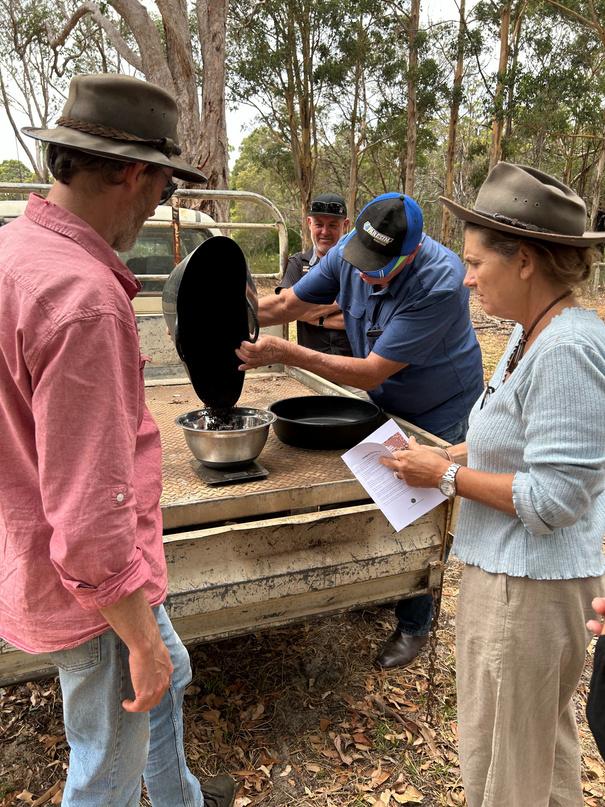

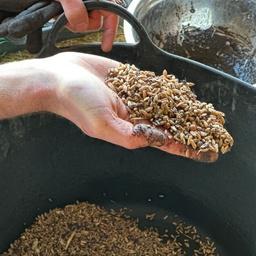
`- 10 -
Compost Extract/Slurry Recipes
Compost Extract
Place 2kg of compost in in a 20L drum of water and agitate vigorously for a couple of minutes to dislodge biology and bio compounds from the substrate. Pour the liquid off through a fine filter to separate out larger particles.
or
Place 2kg of compost in a fine mesh bag and suspend over a drum. Circulate water from the drum through the suspended bag for several minutes to wash biology and bio compounds off the substrate.
Add extract to a tank for application or decant into an airtight container for storage. The biological diversity and activity in an extract is greatest within hours of production.
Application:
Extract from can be combined with water and applied in the planting furrow with seed or used neat as a seedling dip. It can also be added to a tank with water and applied as a drench over plants and soil.
Extract from around 2kg of compost is recommended per hectare, for in furrow or seedling dip application. Higher amounts are recommended for plant and soil drenches.
Microbe foods such as fish hydrolysate, milk, soluble seaweed and molasses can be added to the tank along with the extract, at rates of 24L/Ha, just prior to application.
`- 11 -
Culturing Beneficial Plant Endophytes
Organise an annual cover crop seed mix of annual plant species that are known to associate with a wide range of mycorrhizal fungi species i.e. cereals, legumes, sunflowers etc…
1. Prepare a garden ben for planting or fill up some sacks or large pots with healthy garden soil.
2. Dust or coat the seed mix with desired endophyte inoculants, i.e. rhizobia, mycorrhizal and trichoderma species and plant.
3. Plant and care for the cover crop all the way through to seed set and senescence, avoiding the use of any synthetic fertilisers, herbicides and pesticides.
4. The endophyte species reproduce prolifically when their host plants start to die as a survival strategy for the non-growing season ahead.
5 When everything has died off, you pull out the plants then shake off and collect the soil adhering to the roots and the roots themselves which are full of endophyte propagules.
6. This material can be further refined by cutting up and grinding/crushing the dried roots into a powder then putting the soil and fine root material through suitably sized sieves. This refined substrate can be:
7. added to potting mixes dry mixed with seeds before planting mixed into a slurry to coat seeds placed in planting holes around seedlings added to furrows with seed at planting spread over fields but larger volumes are required and the further away from the root zone it is placed the less effective the colonization
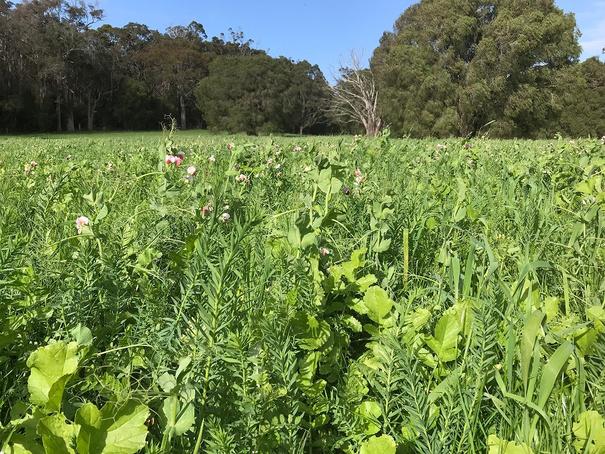

`- 12 -
Notes
`- 13 -

M:040 1240 115 | E: admin@productiveecology.com.au | www.productiveecology.com.au















